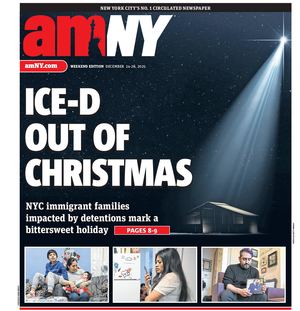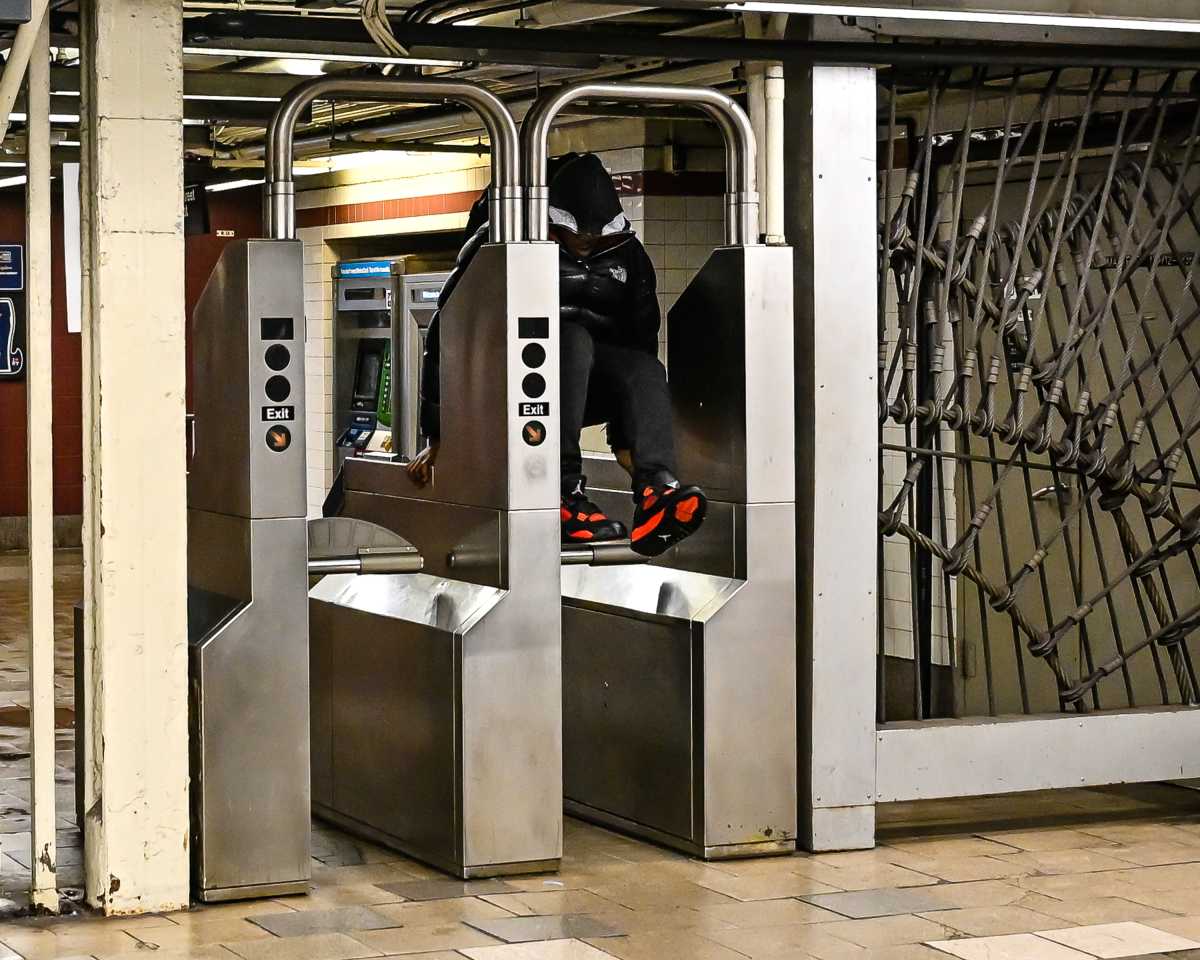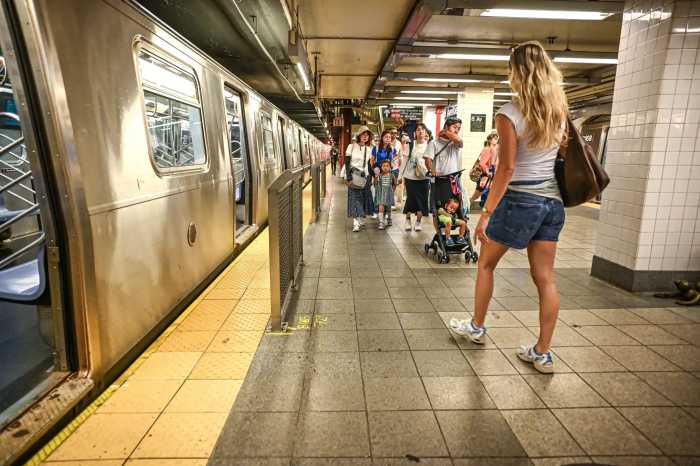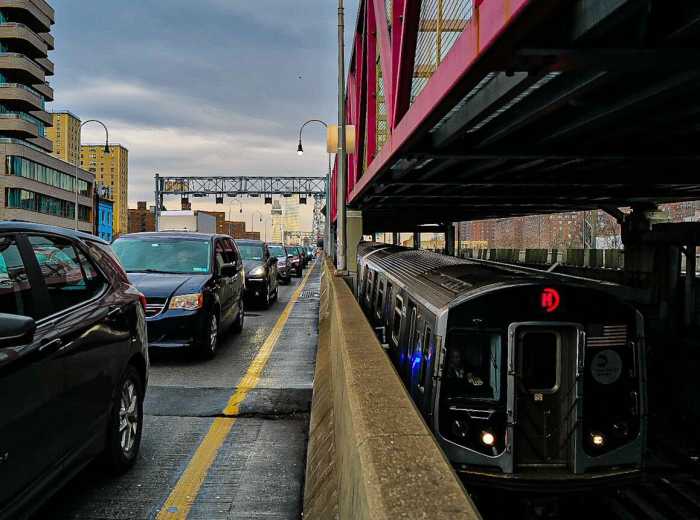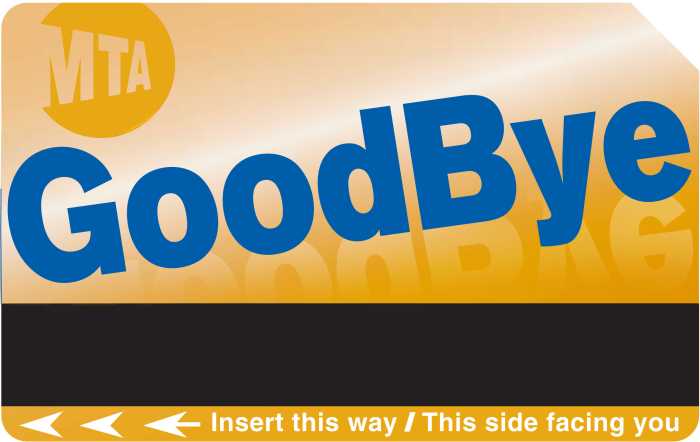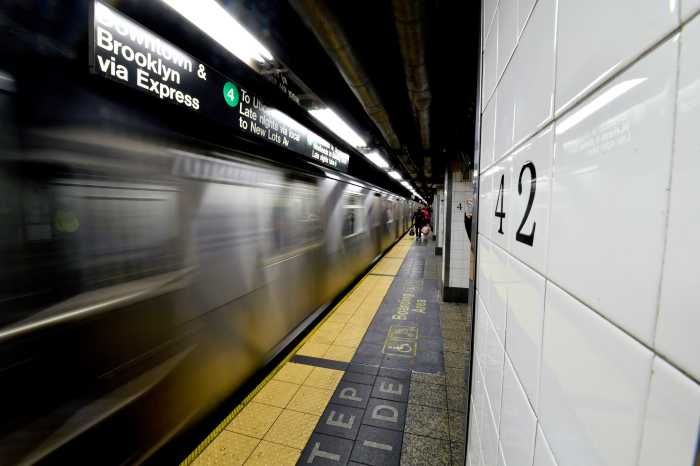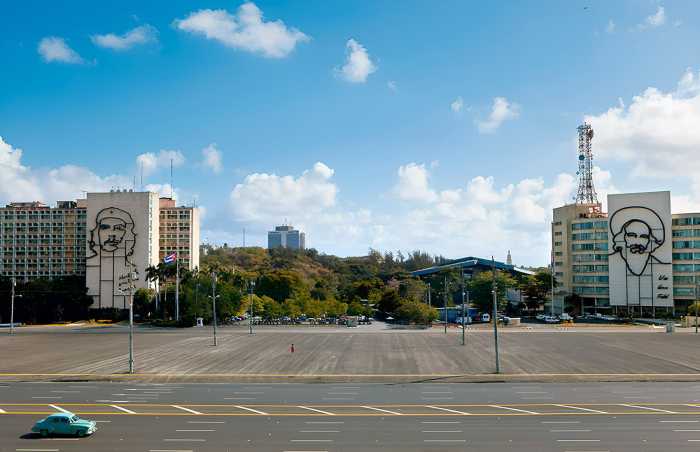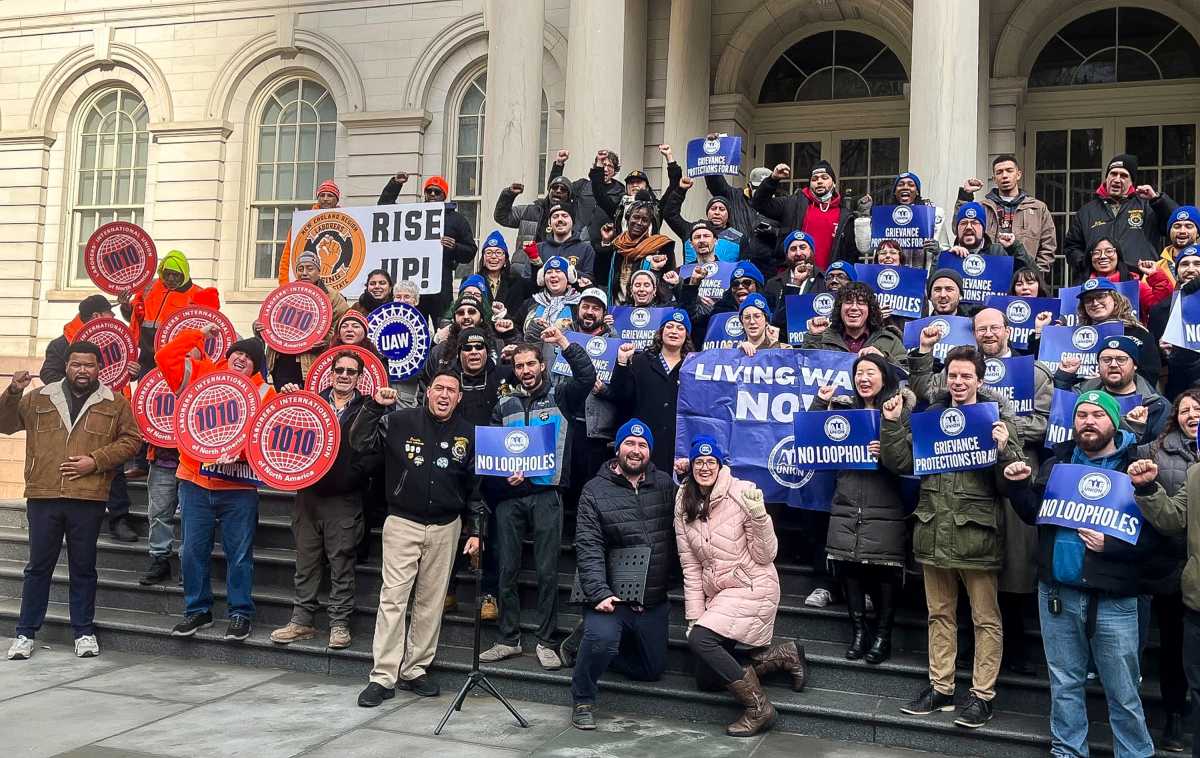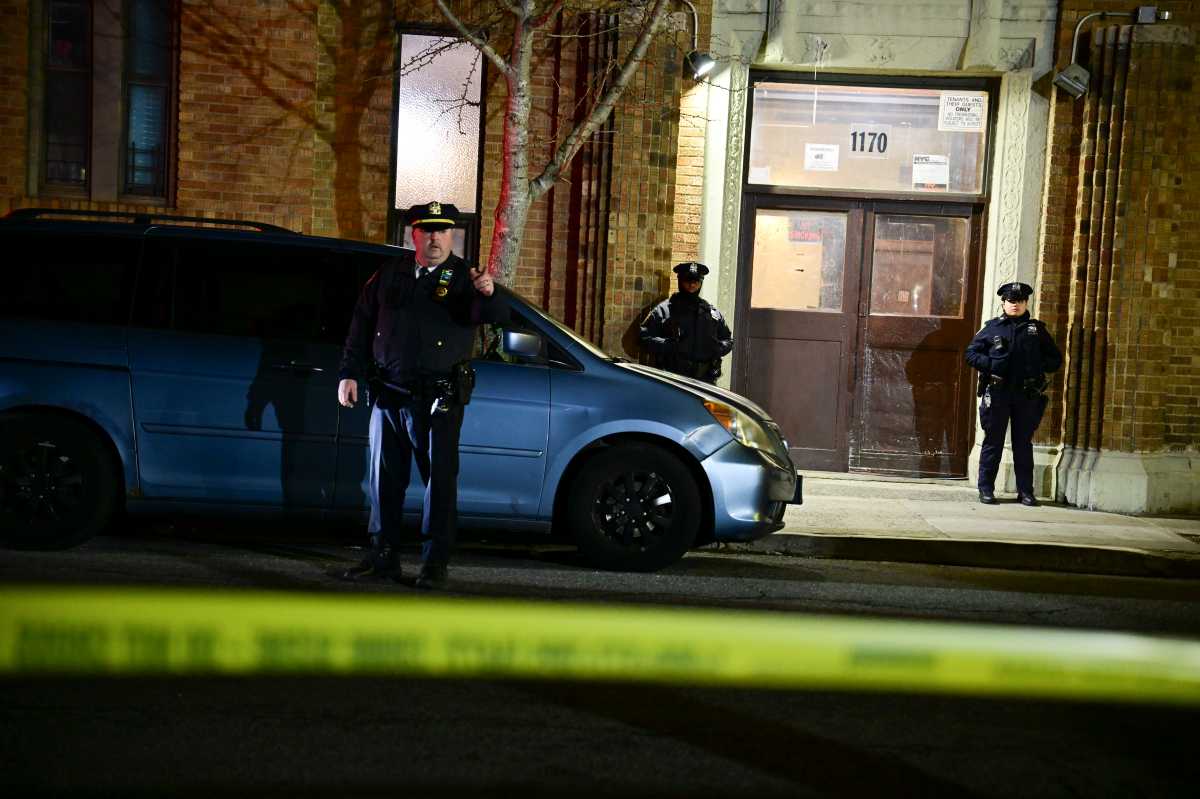Fare evasion, a long-standing problem in NYC, is increasingly becoming a nationwide issue, with major American cities reporting significant losses while trying various methods to curb the issue.
New York City, a persistent battleground for fare evasion, is joined by other metropolitan areas in the U.S. experiencing the same issue. The trend has highlighted the urgent need for efficient solutions and a review of current enforcement strategies.
NYC: Some improvements to fare evasion struggle
The MTA has grappled with fare evasion across its subway and bus systems for years. amNewYork has reported extensively on the issue, focusing on stations with rampant turnstile hopping, including the Metropolitan Avenue-Lorimer Street station in Williamsburg on the G and L lines, and the 61st Street-Woodside station, home to the 7 train and LIRR.
amNewYork has also covered bus fare evasion and solutions that the state-run MTA has tried to get people to pay their fares.
The agency says it loses close to a billion dollars in fares and tolls a year, according to its own data as well as a Sept. 11 report from the Citizens Budget Commission (CBC).
According to the CBC report, the 2025 loss is projected to be $900 million, despite subway ridership continuing to increase this year. In fact, the agency just celebrated a major ridership milestone as the 1 billionth rider in 2025 entered the turnstiles in a Brooklyn subway station on Oct. 14.
Despite the revenue loss, efforts to thwart fare evasion on the rails in NYC have been productive. Jai Patel, the MTA’s chief financial officer, said the agency has made “important progress” over the previous few years — even off the rails.
“Evasion rates on buses have also fallen in every quarter since the second quarter of 2024 despite rising ridership,” she said. “We have no plans to let up on this crusade any time soon.”

The MTA’s deployment of unarmed gate guards has helped curb the flow of cheats. Additionally, the agency is conducting test runs of experimental fare gates, a concept other cities have also tried.
“The MTA is making steady progress and winning the fight against fare evasion,” Laura Cala-Rauch, a spokesperson for the MTA, told amNewYork. “It’s down 29% from last year, and as new innovations take hold in the system, from tap and ride technology to new fare gates, it will drop even more.”
Fare evasion in Washington, DC
South of NYC, the Metro system in Washington, DC, reduced fare evasion last year when it fully installed new, modernized fare gates at all of its 98 rail stations.
The fare gate overhaul, part of Metro’s targeted safety initiatives, helped bring down fare evasion by 82%, the transit agency reported.
“Ensuring the safety of customers and employees is paramount and a critical component of efficient operations, enhanced security, and public confidence,” Don Drummer, Metro board safety and operations committee chair, said in a February press release. “Safety is an ongoing enterprise that takes dedication and hard work by everyone across the organization. As we honor and celebrate our safety and security successes over the past year, we will continue building upon them as we move forward.”
Meanwhile, back in NYC, the MTA is still working on a fare gate plan to manage its own problem. Years-long testing of prototype gates is still in progress at a handful of subway stations in the city. One design being tested at the Sutphin Blvd. and Archer Avenue station in Jamaica was installed in December 2023, but has so far proven to be no match for anyone determined to beat the system.
The MTA had to make changes to the design shortly after the gates were installed because people were able to access the sensors to open the gates without paying. The agency installed barriers to deter sensor triggering after the hack was posted on social media
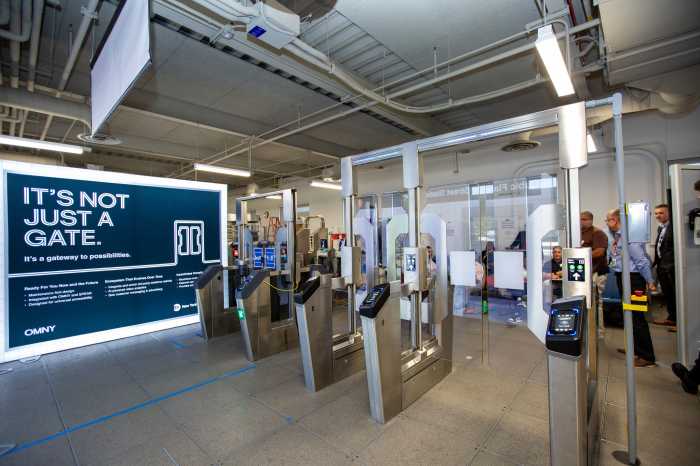
amNewYork investigated this station in July and found that commuters were still able to wave items in front of the sensors to open the gates for others. Others looking to avoid the $2.90 fare pushed doors open and piggybacked in at least two at a time.
However, on a positive note, the MTA has been piloting other prototypes from four different vendors at 20 stations this year. These gates are different from the ones currently at Sutphin and Archer.
In fact, Gov. Kathy Hochul, as part of the MTA’s $68.4 billion 2025-2029 capital plan, pledged to install modern fare gates at more than 150 stations within the system in 2025, part of her initiative to curb fare evasion.
“Proud to say that in one year since we started making this a top priority…fare evasion is down from nearly 14% of rides on the subway last year to about 9%,” she said. “Now, 9% is still too high. But it’s better than the 14%, which is actually down from the year before.”
As Patel noted, the MTA’s crusade against fare evasion continues.
The agency’s Blue Ribbon report on fare and toll evasion details various points about the problem. The 2022 report was designed to create new ways to encourage fare payment while getting people to stop cheating the system.
The report lists other methods for cracking down on fare evasion including expanding Fair Fares to make more New Yorkers eligible for the reduced fare program.
Fare beating in Boston
While the Big Apple continues to grapple with the issue, a city in New England is using a direct approach to handle its own version of the problem.
The Massachusetts Bay Transportation Authority (MBTA) in Boston began checking fares with help from the agency’s transit police. Workers — known as fare engagement representatives — visually check fares as they see riders enter gates and board vehicles.
The representatives are unarmed, similar to the gate guards who are assigned to NYC subway stations.
“We’re pleased to report the public has warmly received the MBTA’s Fare Engagement Representative team,” a spokesperson for the agency said. “We thank all riders for paying their fares.”
As of Sept. 8, commuters caught skipping the fare have been getting formal warnings and citations. Fines after a warning can be as much as $50 to $100.
The initiative has worked. In Oct. 2024, MBTA stationed 16 fare engagement representatives in some of its 153 subway stations. Within the initial weeks, fare collection increased up to 35% at stations where the new representatives were on-site, the agency reported.
“Our riders deserve a safe and reliable mass transportation system that is available for them when they need it,” Phillip Eng, MBTA general manager and CEO, said in a statement; Eng happens to be a former Long Island Rail Road president. “With strong support, we are making significant progress, but to sustain it, we owe it to our riders and the public at large to do our part and collect all appropriate fare revenue. It’s about a responsibility we have and fairness for all.”
Feds opine on Chicago’s fare evasion
Meanwhile, subway crime and fare evasion in Chicago are so prevalent that the feds have threatened to cut the city’s transit funding unless public safety improves. While the federal funding cuts loom over the MTA, they are are not necessarily in response to public safety issues.
Transit crime continues to decrease in NYC, according to the NYPD. It is down nearly 4% year-to-date compared to the same period last year.
But things are different in Chicago, where crime in the Chicago Transit Authority (CTA) rose to its second-highest level of the past decade in the 12 months ending in July, according to an article from the Illinois Policy Institute.
Marc Molinaro, administrator of the Federal Transit Administration, wrote an op-ed in the Chicago Tribune on Sept. 29 addressing the connection between fare evasion and morale among passengers.
“It’s not only about the money. Each time a rider jumps over or crashes through a fare gate or steps on a bus without paying, it erodes the public’s trust in the system, discourages responsible riders and normalizes disorder,” he wrote. “The fare jumper vaulting the turnstile, the dealer brazenly working a platform, the violent fight that spills into a train car — these aren’t isolated annoyances. They’re signals of a system abandoned by its leaders.”
Fare evasion plagues many major cities across the United States, with transit leaders and politicians seeking ways to reduce or eliminate it. As the issue continues, experts will likely continue to implement various solutions that could range from modern technology to more personnel and education and awareness.
